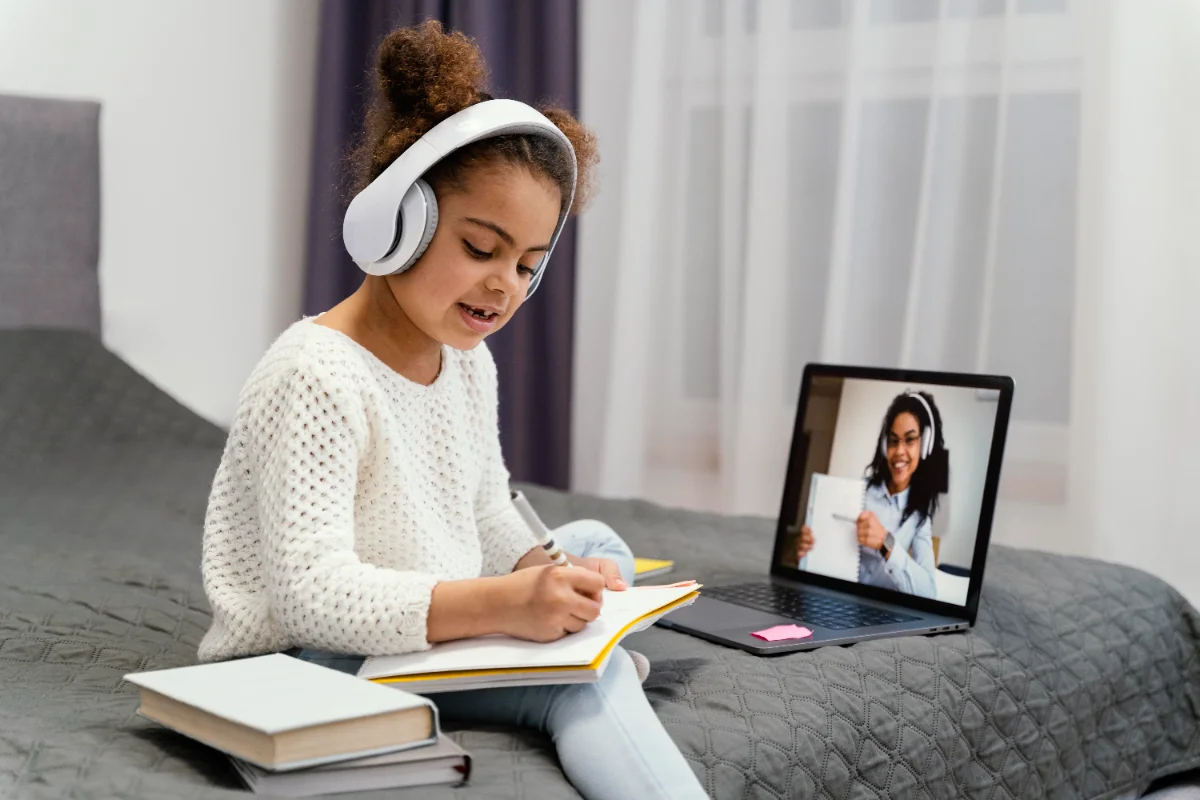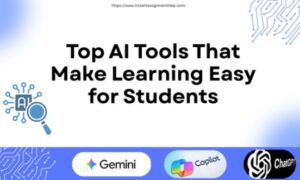Blended Learning, a dynamic fusion of traditional classroom instruction and online education, has transformed the educational landscape, offering educators and students a versatile approach to teaching and Learning. While the thought of hiring someone to do your online exams might arise, it’s essential to delve into the intricacies of blended Learning. In this comprehensive guide, we will explore the principles, strategies, and benefits of blended Learning, emphasizing its role in enhancing educational experiences for both educators and students.
Understanding Blended Learning
Blended Learning combines face-to-face interactions with digital resources and online platforms, creating a cohesive and holistic educational experience. This flexible approach encourages active participation, personalization, and technology integration into traditional teaching methods.
Types of Blended Learning
- Rotation Model: Students alternate between in-person classes and online activities, promoting individualized learning paths.
- Flex Model: Learners can choose between traditional courses and online Learning based on their preferences and needs.
- Flipped Classroom: Traditional homework and lectures are reversed; learners engage with instructional content online before in-person discussions and activities.
- Enriched Virtual Model: Most Learning occurs online, supplemented by occasional face-to-face interactions for collaborative projects or assessments.
Blended Learning Strategies for Educators
- Clear Communication
Set expectations for online and in-person components, outlining the purpose and objectives of each mode of instruction.
- Interactive Online Resources
Curate engaging digital resources such as videos, simulations, and interactive modules to support diverse learning styles.
- Collaborative Activities
Incorporate group projects, discussions, and peer feedback to foster collaboration and critical thinking skills.
- Real-time Assessments
Utilize online quizzes, polls, and assessments to gauge student understanding and adjust instruction accordingly.
- Personalized Learning Paths
Adapt content to cater to individual learning needs, providing targeted resources and support to address varying skill levels.
Maximizing Blended Learning as a Student
- Active Participation
Engage fully in online activities and in-person discussions to make the most of both learning modes.
- Time Management
Create a structured schedule that balances online assignments, in-person classes, and other commitments.
- Utilize Online Resources
Use digital resources, such as video lectures, online whiteboards, and interactive materials, to reinforce understanding.
- Independent Learning
Use the online component to review and delve deeper into topics covered in face-to-face sessions.
- Seek Clarification
Reach out to educators for Clarification or additional support, ensuring a comprehensive grasp of the material.
Benefits of Blended Learning
- Flexibility
Blended Learning accommodates diverse learning styles, preferences, and schedules, enhancing accessibility.
- Engagement
Interactive online resources and collaborative activities foster higher levels of engagement and participation.
- Personalization:
Students can progress independently, accessing tailored resources to address their learning needs.
- Skill Development
Blended Learning cultivates digital literacy, time management, and self-directed learning skills.
- Preparation for the Digital Age
Navigating online and in-person learning modes prepares students for the technology-driven nature of modern workplaces.
The Ethical Consideration
While the concept of hiring someone to do my online exams may tempt some, it’s crucial to recognize the value of active participation and genuine effort in blended Learning:
Intellectual Growth
Engaging in online exams and assessments contributes to a deeper understanding of the subject matter and supports skill development.
Authentic Achievement
Completing online exams independently showcases your proper comprehension and mastery of the material.
Life-Long Skills
Participating actively in blended Learning equips you with critical skills such as time management, digital literacy, and self-discipline.
Ethical Responsibility
Taking ownership of your educational journey upholds principles of integrity and personal growth.
Conclusion: Mastering the Blend for Enhanced Education
As education continues to evolve, blended Learning stands as a powerful approach that harnesses the strengths of both traditional and digital instruction. While the allure of hiring someone to do your online exams may cross your mind, the true essence of blended learning lies in active engagement, collaboration, and personal growth.
Educators and students alike can leverage the flexibility, interactivity, and personalized learning that blended learning offers. Adopting the guidelines and methods presented here, you unlock the potential to master the art of blended Learning, creating a harmonious synergy between face-to-face interactions and digital resources that leads to enriched educational experiences and lasting academic success.



































